9 November 1778 Monday
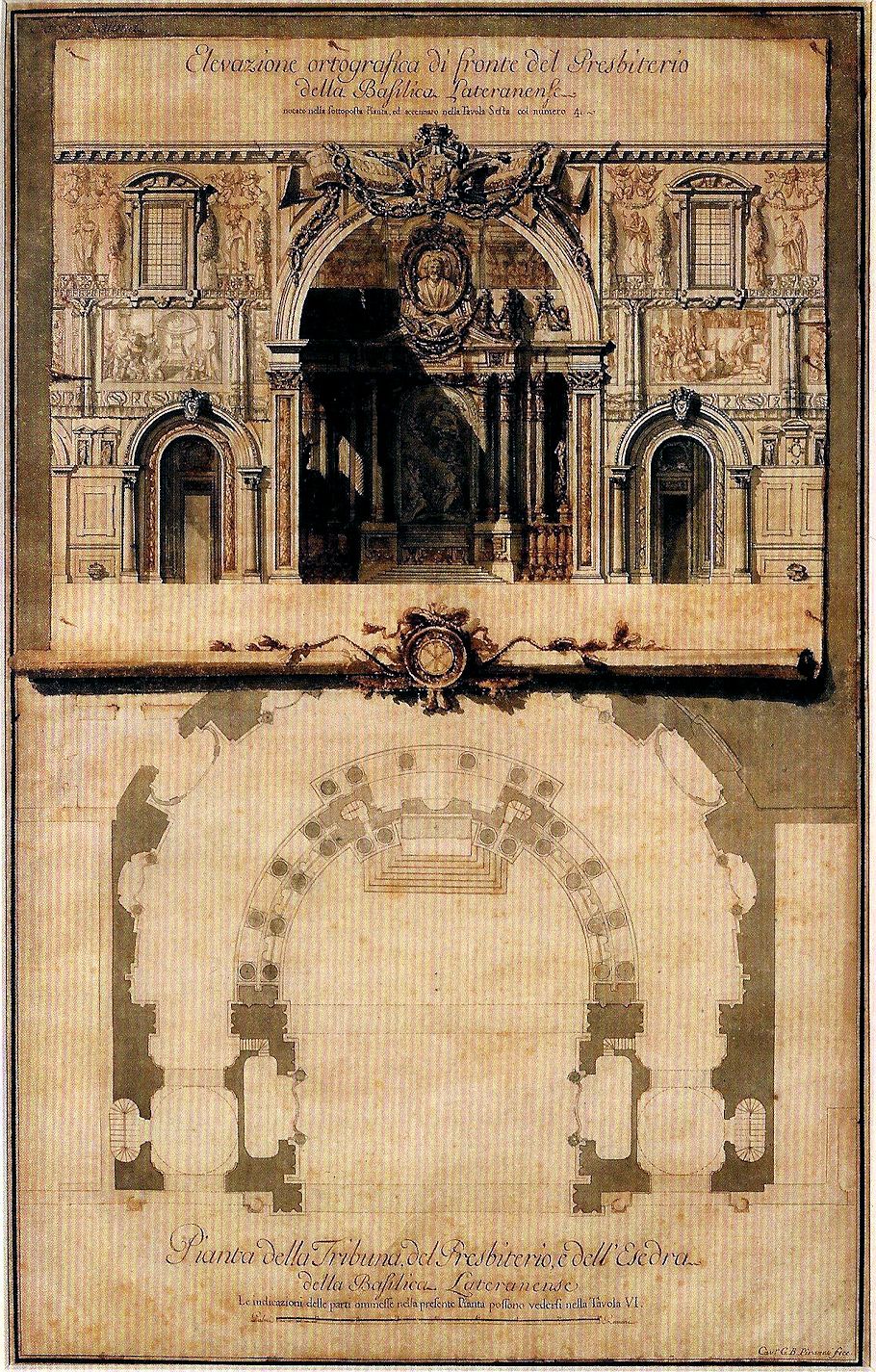
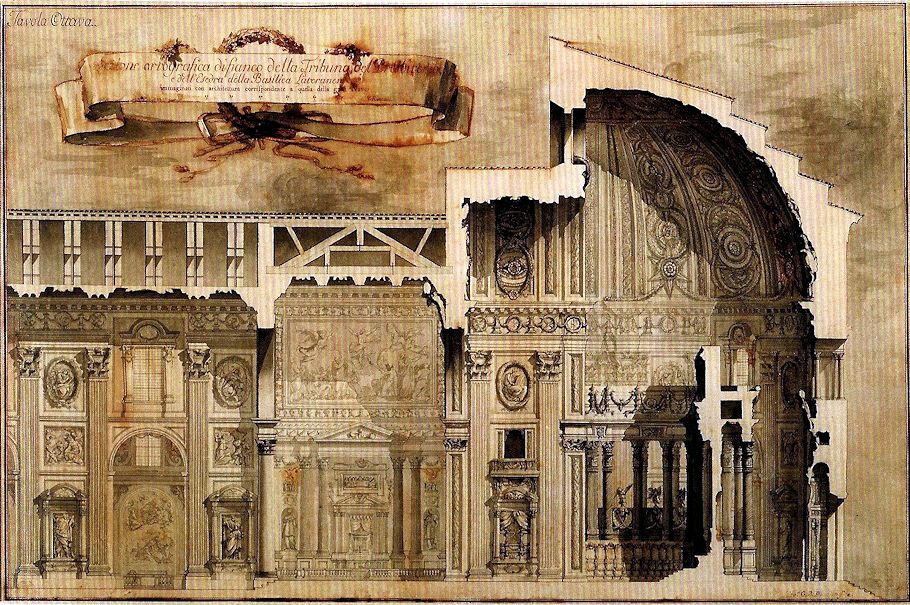
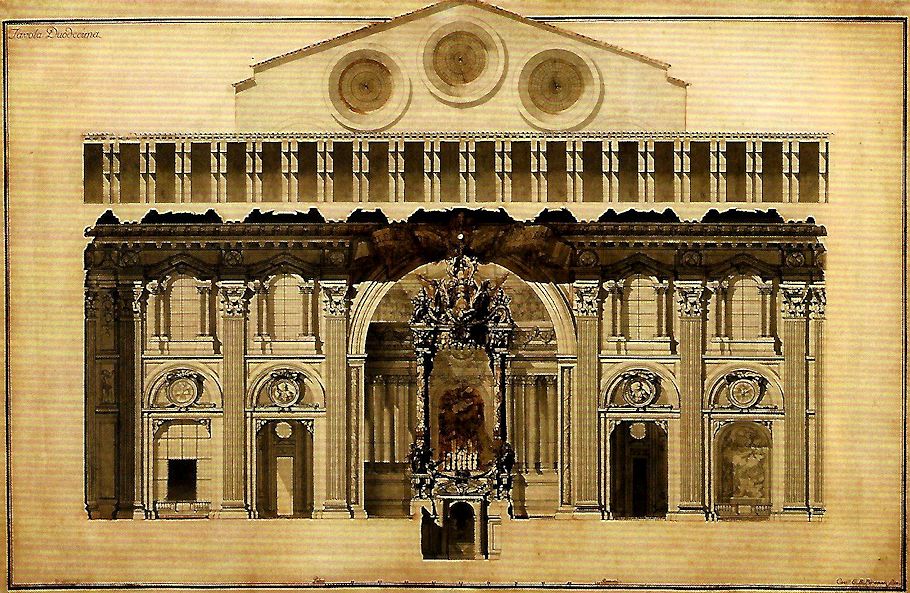
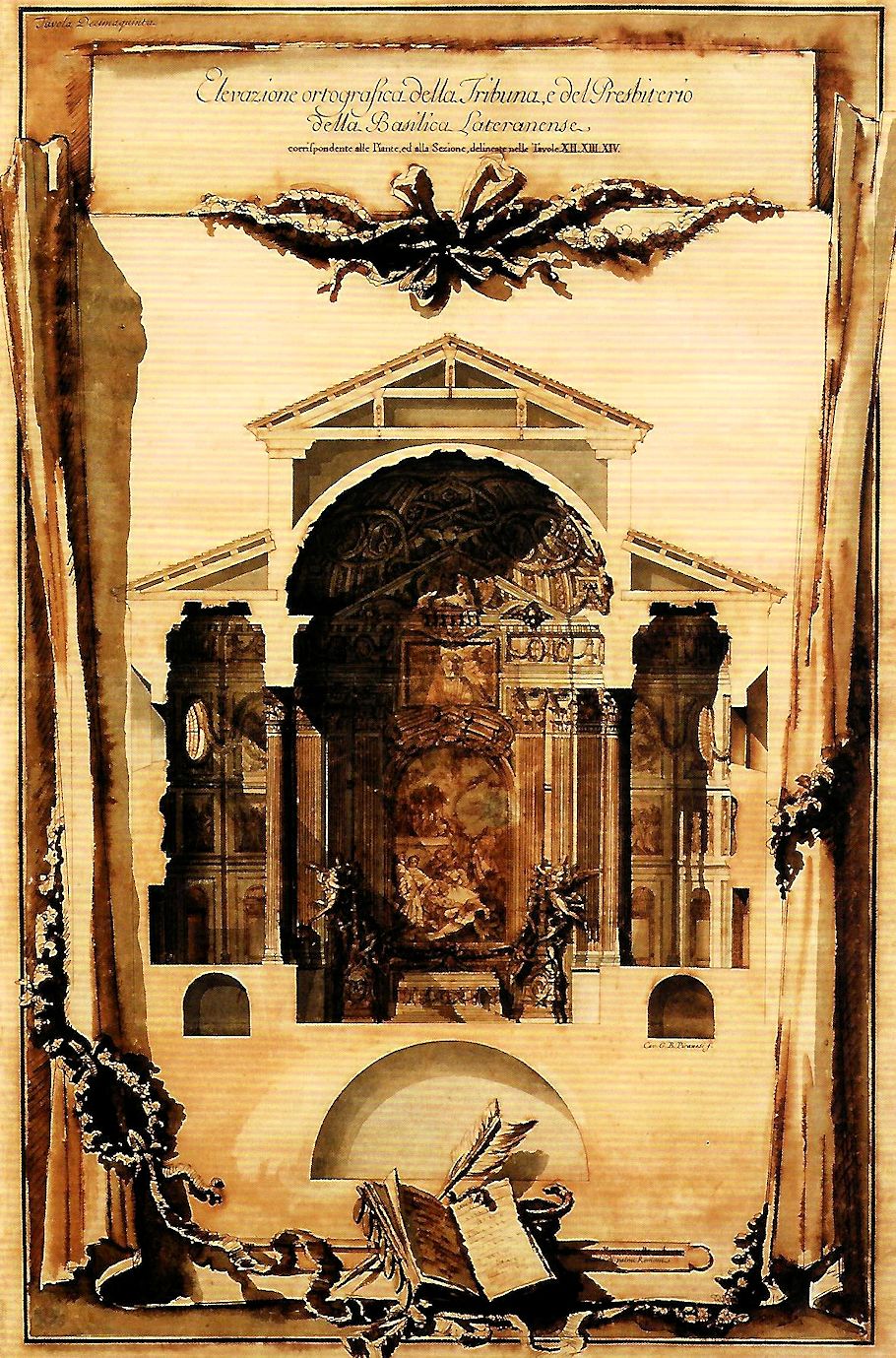
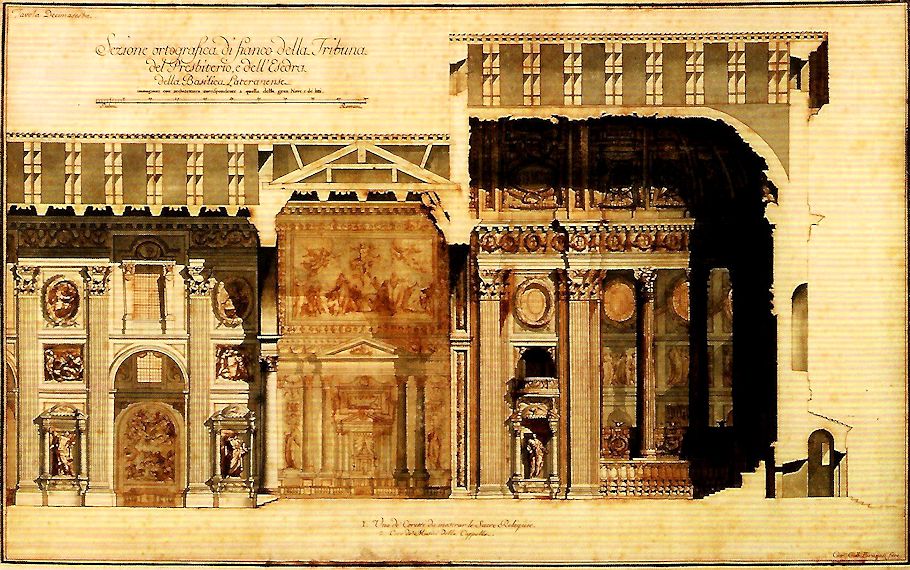
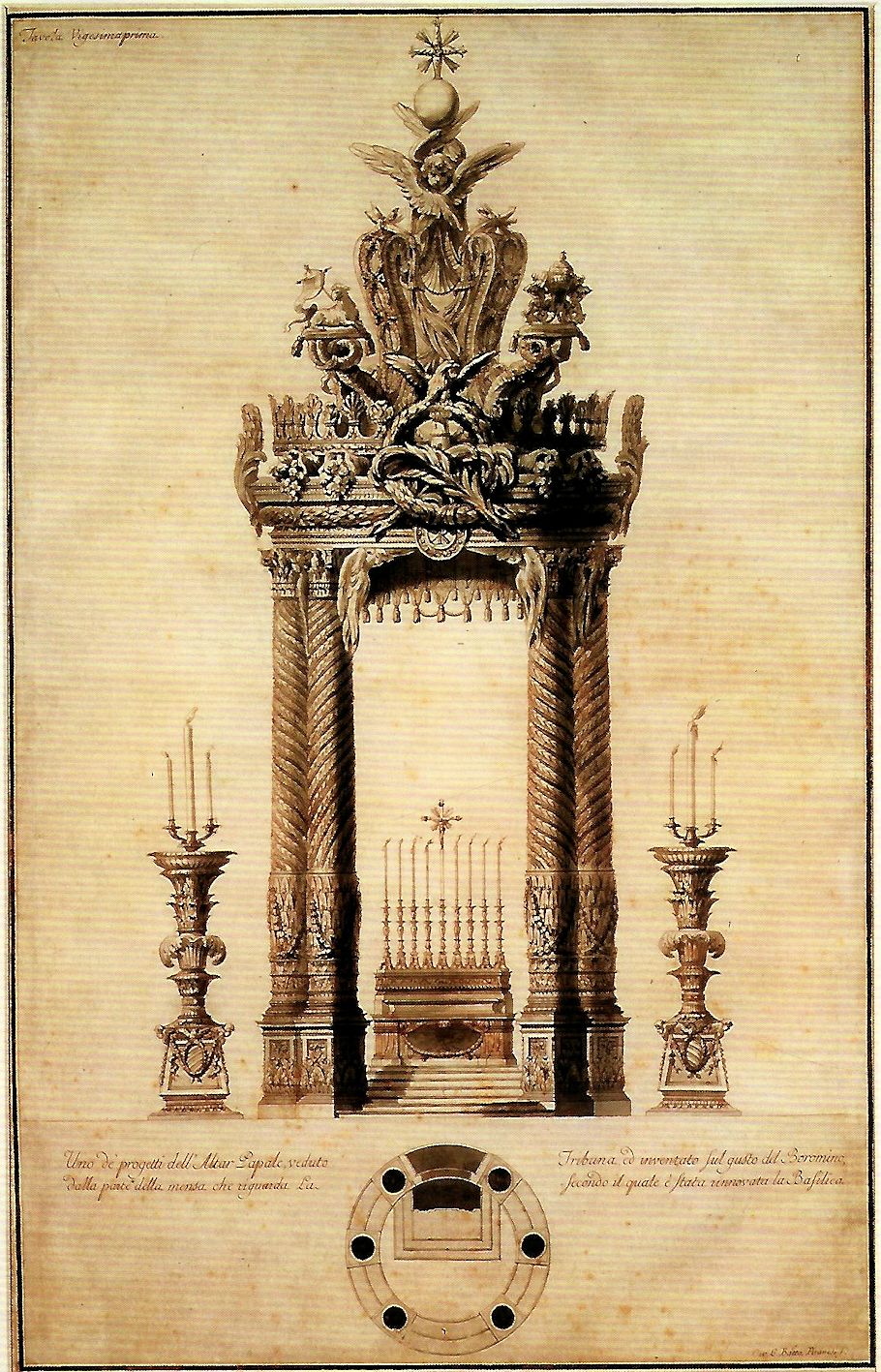
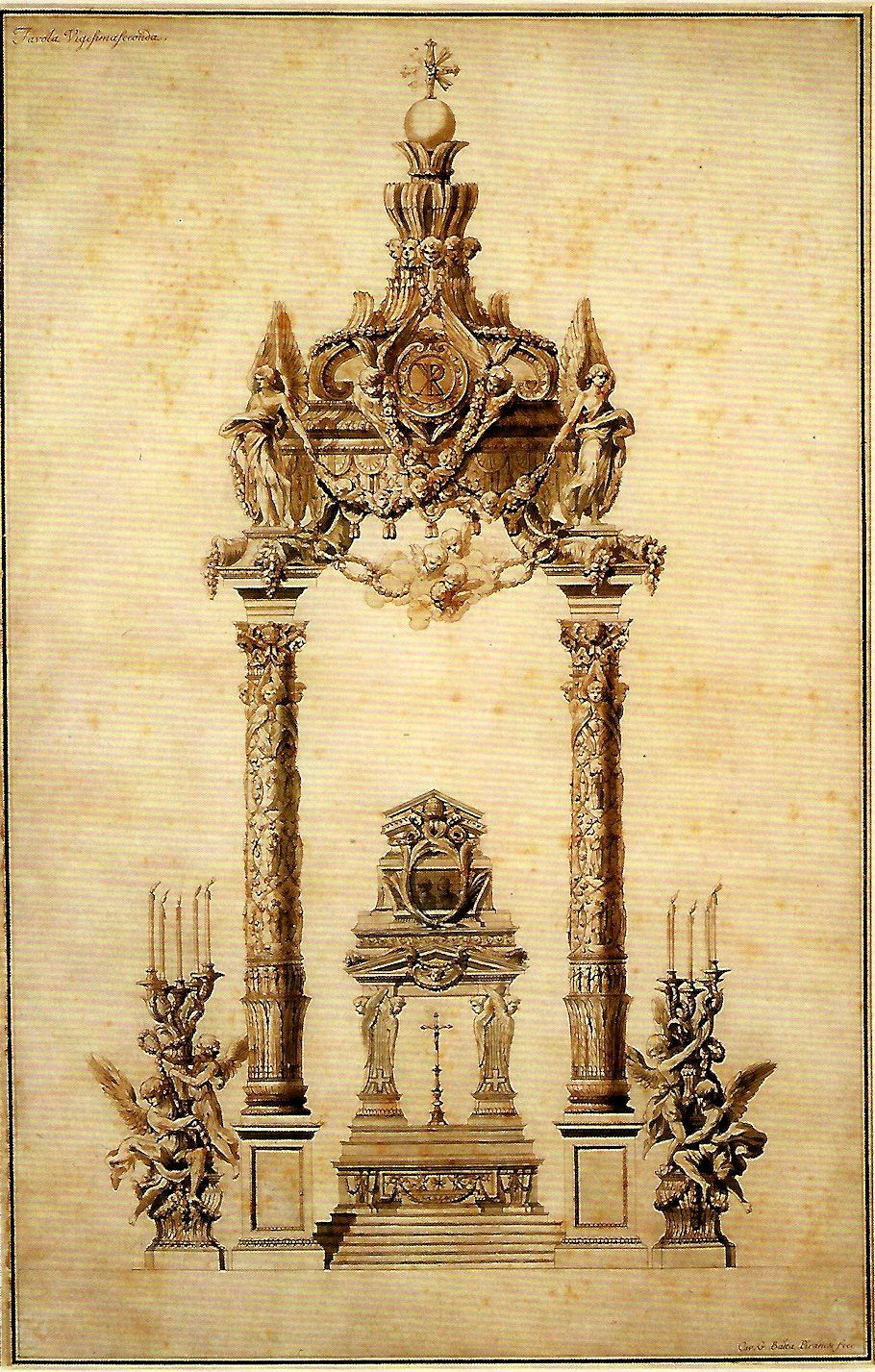
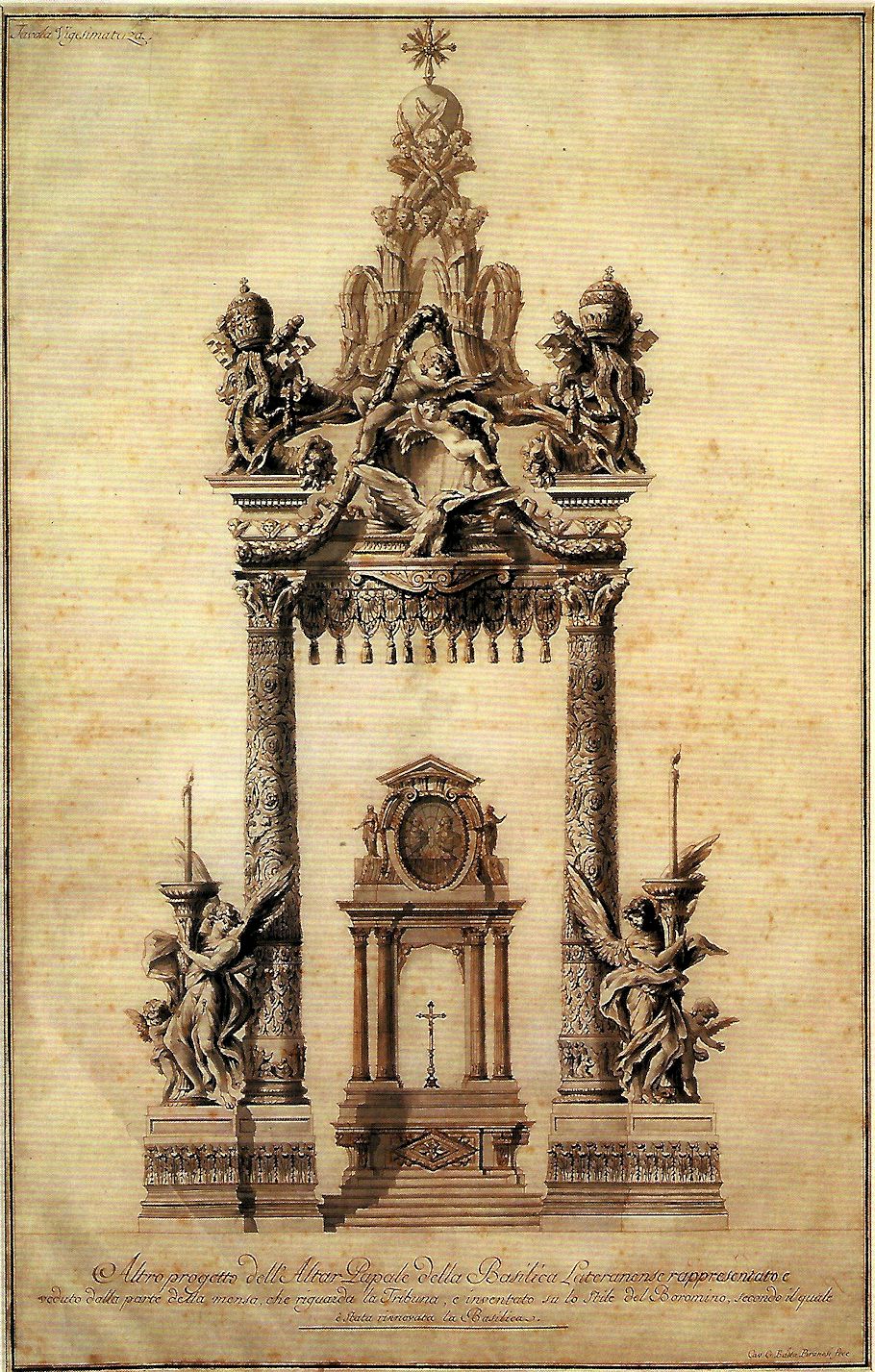
9 November 1812 Monday
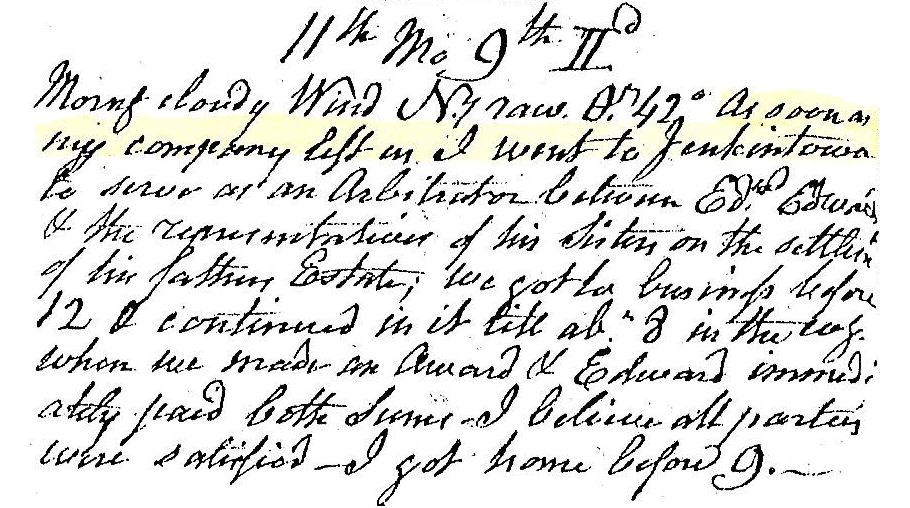
Morning cloudy. ... As soon as my company left us I went to Jenkintown to serve as an arbitrator between Ed... Edwards[?] and the representative of his sisters on the settling of his father's estate. We got to business before 12 and continued in it until about 8 in the evening when we made an award and Edward immediately paid both sums. I believe all parties were satisfied. I got home before 9.
9 November 1999
reenactment
When I first began to redraw Piranesi's Campo Marzio using CAD, I was doing so to get as close to Piranesi as possible; essentially, I was reenacting his act of drawing as best I could. For me, this exercise, this reenactment, has provided enormous insight albeit it took several years of continual work for this vision to develop. I am certainly not Piranesi, nor do I contend to possess his superior creative talent and imagination, but I deliberately attempted to do some of the same things he has done, and in so doing I honestly believe I removed several degrees of separation. Perhaps reenactments then are always a play with degrees of separation, sometimes seeing how close one can get to the 'original' and/or sometimes seeing how far one can "stretch the truth," to name the extreme cases.
9 November 2000
27 October 312
On the eve of 27 October 312 Constantine saw a sign (of the Cross?) in the sky that he later attributed as a sign from the Christian God that brought about his 'miraculous' victory over Maxentius the next day at the Milvian bridge just north of Rome.
The 27 October 312 event has come down to us (because Constantine said so under oath) as the moment of his conversion to Christianity. [Please do your own reading/research on the Battle of the Milvian Bridge to get a fuller picture. I'm only calling out this date as the beginning of a Christian imperial regime specifically within the city of Rome, a regime, moreover, very much still existing within the realm of Roman Paganism.]
Constantine was at that time Augustus of the Western half of the empire, and Maxentius was the usurptive ruler of Italy and North Africa. Maxentius was both Constantine's brother-in-law and uncle because Constantine was married to his father's second wife's sister Fausta, the sister of Maxentius and the sister of Theodora, the second wife of Constantius I, the father of Constantine. [By this time Constantine had already caused of death of Maxentius' father, Maximian, who was at his death an ex-Augustus that wanted to be back in power.]
Maxentius died on 28 October 312 at the Battle of the Milvian Bridge which happened to also be the anniversary of Maxentius' own rise to power in Rome on 28 October 306.
Constantine marched triumphantly into Rome on 29 October 312, but he did not end his procession at the (Pagan) Temple of Jupiter on the Arx.
I purposely mention the intricate familial relations of Constantine because there are two matriarchs that survive throughout most of Constantine's reign, namely Helena, the mother of Constantine and first wife of Augustus Constantius I, and Eutropia, the mother-in-law of Constantine and wife of Augustus Maximian. Eutropia is especially interesting because not only is she the grandmother of Constantine's latter five children [the mother of Constantine's first born Crispus was Minervina, not Fausta], but she is also the grandmother of Constantine's five half brothers and sisters. Furthermore, it is interesting that Eutropia survived given the fact that Constantine was the cause of death for both her husband (Maximian) and her son (Maxentius).
[Contrary to all history so far, I speculate that Helena and Eutropia were secretly Christian believers well before 27 October 312, and, moreover, that Christianity was what bonded Helena and Eutropia. I'll return to this towards the end of my posts.]
The first Constantinian Christian basilica in Rome was erected at the Lateran palace, which according to sources originally belonged to Fausta, Constantine's wife. It is thus historically surmised that Fausta was indeed born in Rome when her father Maximian was Western Augustus. In any case, it would seem that the Maximian/Eutropia side of Constantine's family knew Rome very well, while Constantine and Helena themselves were new comers to Rome.
It is not hard to imagine the confusion of emotions that very likely ran through Constantine's family after the fall of Maxentius. The very question of who was now safe had no definite answer. And it is to the issue of safety first that brings me to my 'theory' of why the Lateran became the first imperially sanctioned Christian site in Rome (as opposed to the site of an apostle's or martyr's burial which is where all subsequent Constantinian basilicas in Rome occurred). It seems reasonable that there were still factions in Rome loyal to Maxentius, let alone against Christianity, and thus the threat to Constantine's family and now also his religious beliefs was indeed extant. As historically recorded, the Lateran palace became the official residence of the then reigning Pope Silvester. The Basilica Constantiniani (which is what St. John Lateran was first called) was built on the grounds of equestrian guards quarters adjacent to the Lateran palace. I speculate that not only did Pope Silvester come to live in the Lateran palace, but that Fausta and her children by Constantine born thus far came to live there as well, plus Eutropia. Thus the imperial family was secure (and removed from the center of Rome) and the Papacy was now officially protected as well, and furthermore, the new Constantinian regime in Rome presented a united Imperial-Christian front to the rest of Rome.
Helena's first residence in Rome may well also have been the Lateran palace, but, if that is the case, she later moved to the Sessorian palace literally down the street from the Lateran, which is today the site of Santa Croce in Gerusalemme.
Steve Lauf
Next I'll list the earliest dates of all the Constantinian basilicas in Rome and compare them to where in the empire Constantine was at that time. Constantine spent very little time in Rome itself.
9 November 312 or 318
In preparation for my next post regarding the Constantinian Christian basilicas of Rome I planned to collate data from The New Empire of Diocletian and Constantine (Timothy D. Barnes, 1982) which contains an excellent chronological list of "Imperial Residences and Journeys" of all the Augusti and Caesars from Diocletian to Constantine inclusive with data from Corpus Basilicarum Christianum Romae (Krautheimer), plus refer to a chronology focusing on Helena that I compiled in 1999.
I already found one mistake from my previous post that must be corrected. The first born of Constantine and Fausta, Constantine II, was born 7 August 316, thus there were no children of Constantine other than Crispus alive in 312. Constantine II was born in Arles. (Approximately nine months earlier Constantine was at Trier, 11 January 316 (and before that at Milan 19 October 315). [I'm now asking myself if Constantine's family moved around with him. Was there any move to Rome by family members immediately 28 October 312? I believe there is at least the possibility that Eutropia and even Fausta may have wished to see Rome again after spending the previous four to five years at Trier.]
But here's what really surprised me as I began looking through a set of photocopies from the Corpus Basilicarum Christianum Romae that I made in spring 1999:
[referring to the Basilica Constantiniani] Construction need not have taken many years. The huge Basilica Nova [another building] with its time-consuming vaulting system was built and completely decorated in four or five years; and we shall see that at St. Peter's construction and interior decoration were presumably completed in the course of six to eight years. The Lateran basilica, being smaller than St. Peter's, might well have been built and finished within five or six years. Dates given for the consecration are numerous, varying from 315 to 324, but they are never based on any sources. The Martyrologium Romanum gives November 9 as the feast day of the basilica, "Romae dedicatio Basilicae Salvatoris". However, as pointed out by Lauer, the date occurs first in the second version of the Descriptio Ecclesiae Lateranensis, 1153-1154: "Cuius dedicatio per totum orbum quinto idus novembris...celebratur...". By that time, then, the tradition was well established, but we do not know how far back it went. It is certainly older than the twelfth century, but it does not occur in the early sacramentaries and martyrologia dating from the fifth to ninth century. Is it, then, the date of a reconsecration after the rebuilding by Sergius III (904-911)? This is possible, but it is equally possible that the tradition springs from a fourth century root. We leave the question open. In any event, no year is given. However, it is curious that in the reigns of Constantine and Sylvester, November 9 falls on a Sunday--since the Middle Ages the customary day for church consecrations--only four times: 312, 318, 329, 335. The last two dates can be dispensed with: the period of construction [beginning from] 313 or 314 would be too long. However, 318 would be a very plausible date for the consecration of the church. Or should we stress the choice of the word dedicatio, rather than consecratio, by the sources? Dedicatio in Roman legal language is the act of handing over or ceding--dedere--an object, be it real estate or something else, to a deity; the act of consecratio follows, once the object has been installed or the shrine, temple or whatever, has been built. Is it possible, then, that November 9, 312, not quite two weeks after his conquest of Rome, was the day Constantine ceded to Christ the terrain on which the basilica was to be built and made the endowment for its future maintenance, in servitio luminum?
(from page 90 of one of the volumes of Corpus Basilicarum Christianum Romae--sorry I don't have the exact reference at hand)
It's kind of funny to realize just how much of the above could be absolutely wrong. And at the same time it's also kind of funny that I happened to write about the Lateran basilica on November 9, 2000. To be honest, I've been thinking about writing that opening post regarding the Constantinian Christian basilicas since last Friday (November 3) because that's when my memory was struck by the notion that we just passed the Milvian Bridge battle anniversary, and at that time I was in the shower thinking about Marcus' Halloween post. Marcus' post made me rethink/remember about all the strange coincidences that I encounter throughout 1999 from the very beginnings of my St. Helena research (see 21 May 1999 or 23 September 1999 in the architecthetics archive for prime examples).
This coincidence today actually bothers me because it is just too weird, and it makes me think about a lot of stuff that I wouldn't think of otherwise. Augury can be strange and deceiving. Like Maxentius, who on 28 October 312 entered confidently into battle because it was the anniversary of his rise to power in Rome, you can turn out being completely wrong. Or, like Constantine, you can see the 'sign', act on it, and turn out to be the winner. Personally, I'm not even sure I want to be involved with any of this stuff anymore. It's getting to be just a little too "spooky."
I'm gonna go buy a pack of cigarettes and maybe say a prayer.
Steve Lauf
9 November 2001
Pohlsander, coincidentally
Hans Pohlsander, author of Helena: Empress and Saint (1995), sent me an email last night (8 November 2001), part of which states:
"Surfing the internet tonight, I found, just by accident, your e-mail of 19 July. This had not reached me, because the e-mail address which you used has not been correct for some time."
What (I believe) Pohlsander found was xxx.htm, one of the Helena letters within the initial online publication of EPICENTRAL. Given the fact that Pohlsander's Helena: Empress and Saint already plays an unwitting role within the initial calendrical brackets of EPICENTRAL (18 August 2001 to the following equinox/22 September 2001), as indicated over two years ago in "Equinoctial Augury"--xxx.htm--and now having heard from Pohlsander personally on the same day/night that I made "Calendrical Coincidence" known to lt-antiq, only compounds the reality of "Calendrical Coincidence" itself.
Last night I was giving some further thought to the coincidence of the Basilica Constantiniani (St. John Lateran, Rome) having perhaps been 'founded' (as opposed to dedicated at completion) on 9 November 312 or 318 and Constantine's founding of Constantinople on 8 November 324 (as opposed to the official dedication 11 May 330 at completion), I now wonder if the latter founding was a purposeful calendrical coincidence of the former founding. Who knows, maybe these 'foundings' coincided with Helena's arrival at both of these places as well.
ps
As much as I treasure owning a copy of Helena: Empress and Saint, I am nonetheless very disappointed that Pohlsander seems to purposefully avoid mentioning Eutropia (eg, page 95: "There is no need to consider in this context a fourth Constantinian church in the Holy Land, the basilica at Mamre, since no ancient sources associates it with Helena."--the basilica at Mamre was initiated by Eutropia), who was actually one of Constantine's dearest friends (despite Eutropia also being Constantine's mother-in-law), and thus even more likely one of Helena's dearest friends as well. [for proof of Constantine's fondness of Eutropia see xxx.htm.
9 November 2007
It rocked Eisenman on his chair...
Giovanni Battista Piranesi died today in 1778, on the feast of the dedication of the Basilica Constantiniani (known today as the Basilica of St. John Lateran), the first Christian basilica in Rome.
"Piranesi uses the Rome that was extent in the eighteenth century as a starting point, but that possesses no original value; it is merely a being in the present. From this existential moment of being, he takes buildings that existed in the first and second centuries, in Imperial Rome, and places them in the same framework of time and space as the eighteenth-century city."
--Peter Eisenman, "Notations of Affect. An Architecture of Memory" in Pathos, Affect, Gefühl (Berlin: Walter de Gruyter GmbH, 2004), pp.504-11.
If you actually study the Campo Marzio you'll find the starting point, framework and the millennium's worth of buildings that Piranesi utilized. First there are the altar and race course dedicated to Mars by Romulus in the mid-eighth century BC. Incidentally, this is how the Campo Marzio received its name--the fields of Mars. And to manifest the framework there is the last Imperial artifact of the Campo Marzio, the sepulcher of Empress Maria, wife of Honorius, from the early 5th century AD. Indeed the sarcophagus of Empress Maria holds a key position within the Il Campo Marzio publication. And to complete the framework, the last page of Il Campo Marzio depicts a double theater.
9 November 2018

page painting 013

page painting 014
9 November 2022 Wednesday
. . . . . .
|